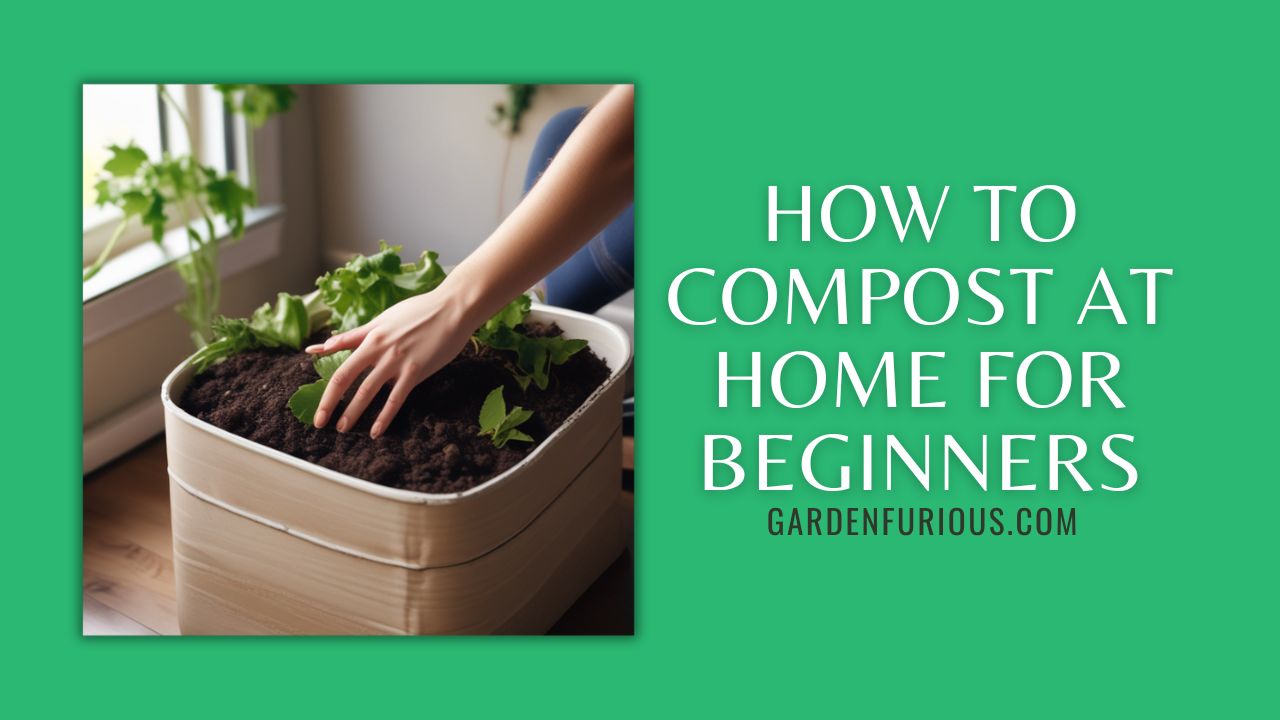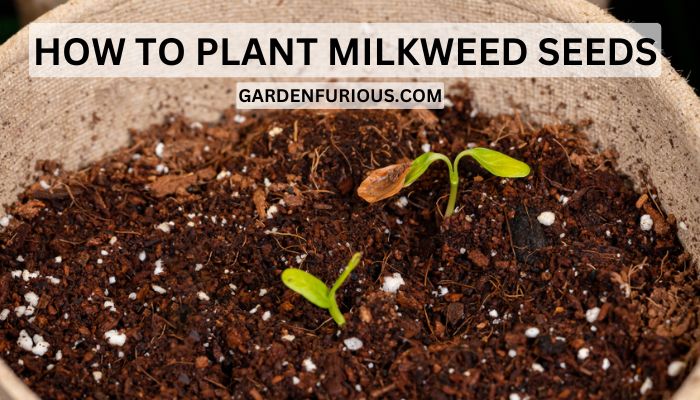Composting at home is a simple, eco-friendly way to reduce waste and create nutrient-rich soil for your garden. Whether you’re a complete beginner or just need a refresher, this guide will walk you through every step you need to start composting at home.
What Is Composting?
Composting is a natural process of breaking down organic materials—like kitchen scraps and yard waste—into a nutrient-dense soil additive called humus. This process relies on microorganisms such as bacteria and fungi to decompose the waste, resulting in rich, dark compost that can improve soil health and plant growth.
Why Should You Compost?
Composting has numerous benefits, from reducing your household waste to providing your garden with a free, organic fertilizer. Here are some key benefits:
- Reduces landfill waste: Up to 30% of household waste can be composted.
- Enriches soil: Compost improves soil structure, promotes moisture retention, and provides essential nutrients for plant growth.
- Environmentally friendly: Composting helps reduce methane emissions from landfills and lowers your carbon footprint.
Choosing Your Composting Method
There are several methods to compost at home, depending on your space and the level of effort you’re willing to invest. Below are the most popular options:
1. The Classic Compost Pile
The traditional compost pile is the most common method. It’s simply a pile of organic materials that you allow to decompose over time. The pile must be at least 3 feet high and wide to generate enough heat for composting. This method requires turning the pile occasionally to aerate it and speed up decomposition.
2. Compost Bins
For a tidier option, compost bins keep everything contained. You can buy pre-made bins or build one yourself using pallets or large containers. Bins help prevent pests, control odors, and allow you to manage the process more efficiently.
3. Compost Tumblers
A compost tumbler is a drum that can be rotated to mix the materials, speeding up the decomposition process. Tumblers are a great choice for beginners because they are compact, easy to use, and reduce the need for manual turning.
4. Vermicomposting
This involves using worms to break down organic matter. In vermicomposting, red wigglers are placed in a bin with moistened bedding, and food scraps are added. The worms eat the scraps and excrete compost known as “worm castings,” which is highly beneficial for gardens.
5. Bokashi Composting
Bokashi composting is an anaerobic method that involves fermenting food waste using a specific microorganism mixture. This method can handle materials not usually compostable, such as meat and dairy.
What Can You Compost?
Understanding what can and can’t be composted is essential to ensure a healthy and efficient compost pile.
Green Materials (High in Nitrogen):
- Fruit and vegetable scraps
- Coffee grounds
- Grass clippings
- Tea bags
Brown Materials (High in Carbon):
- Dry leaves
- Straw and hay
- Cardboard
- Sawdust
It’s crucial to maintain a balance of green and brown materials for efficient composting. The general rule is three parts browns to one part greens to ensure the right balance of moisture and aeration.
What Not to Compost
While many organic materials can go into your compost, there are some items you should avoid, such as:
- Meat and dairy products (can attract pests and create bad odors)
- Pet waste (can contain harmful pathogens)
- Diseased plants
- Treated wood or sawdust from treated wood
- Oils and fats
Step-by-Step Guide to Composting at Home
- Choose a Spot: Select an outdoor area for your compost pile or bin. The spot should be convenient to access and close to a water source. For indoor composting, bins can be placed under the sink or in a garage.
- Start Layering: Begin your compost pile with a layer of brown materials like dry leaves or straw to help with aeration. Then, add a layer of green materials, such as vegetable scraps. Alternate between green and brown layers as you add materials.
- Moisten the Pile: Your compost pile should be damp, not soaking wet. Use a hose or watering can to lightly moisten the materials as you add them.
- Turn the Pile: To aerate the pile and speed up decomposition, turn the materials every two weeks with a pitchfork or shovel. If you’re using a compost tumbler, simply rotate the drum once a week.
- Monitor Temperature: A well-maintained compost pile should heat up to around 140°F, which helps to kill off any harmful bacteria and speed up the breakdown process.
- Wait for Compost to Mature: Depending on the composting method and how often you turn the pile, your compost could be ready in as little as two months or as long as two years. You’ll know it’s ready when the material is dark, crumbly, and smells like rich soil.
Troubleshooting Common Composting Problems
Composting isn’t always a smooth process, and you might encounter a few common issues:
- Bad Odors: If your compost smells, it’s likely too wet or lacks enough brown materials. Add more dry materials and mix the pile to improve airflow.
- Pests: To avoid attracting pests, avoid composting meat, dairy, and oily foods. Secure your bin with a lid and bury fresh green materials deep within the pile.
- Slow Decomposition: If your compost is taking too long to break down, ensure you’re maintaining the right ratio of browns to greens and turning the pile regularly.
FAQs on Composting for Beginners
How long does it take to make compost?
Compost can take anywhere from two months to two years to be ready, depending on the method you use and how often you turn the pile.
Can I compost in a small space?
Yes, if you live in an apartment or have limited space, vermicomposting or using a compost tumbler are great options.
What should I do if my compost is too wet?
Add more brown materials like newspaper or dry leaves, and ensure your pile is properly aerated by turning it more frequently.



